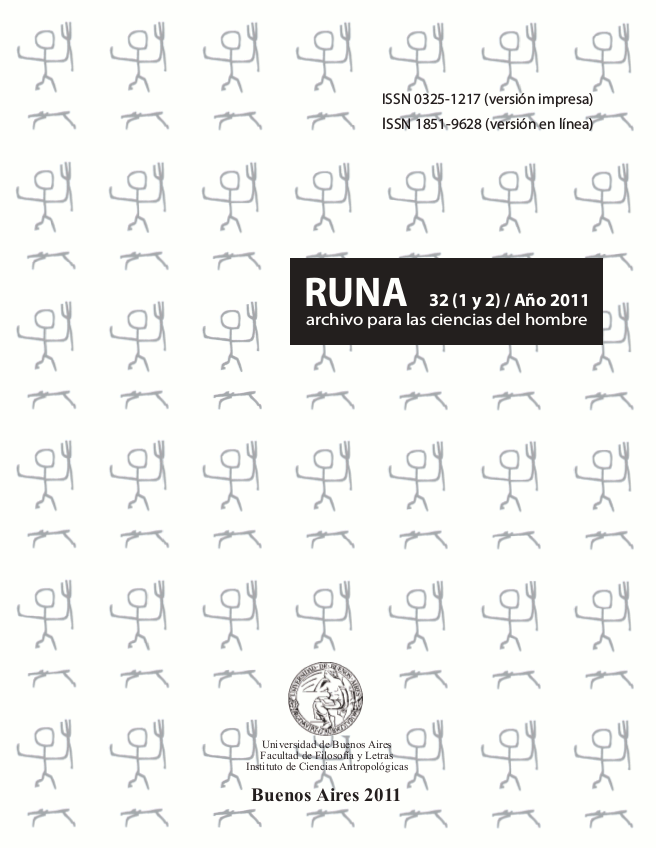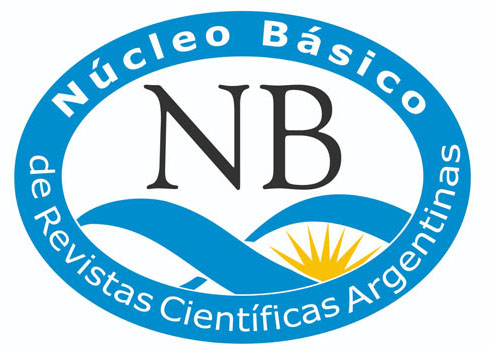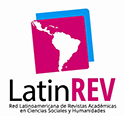Poblamiento humano, diferenciación ecológica y diversificación fenotípica en América
Resumen
Los humanos modernos han ocupado progresivamente diferentes regiones del mundo durante los últimos 80.000 años. América fue el último continente al que llegaron durante su expansión. En este trabajo se revisará y discutirá el conocimiento de la dispersión, divergencia y diversificación de las poblaciones americanas empleando evidencia molecular, arqueológica y morfométrica. La primera muestra una divergencia a partir de grupos del Centro de Asia 15.000 años atrás y posteriormente un efecto fundador serial durante la dispersión de las poblaciones en América. Asimismo, los estudios morfométricos sugieren que estas poblaciones se diversificaron fenotípicamente en relación a variables ecológicas como la dieta durante el Holoceno. Futuras investigaciones requerirán el empleo de marcadores moleculares nucleares, muestras con una mayor antigüedad, una discusión sobre las causas de la variación morfométrica y molecular, y el análisis de la importancia de la variación ecológica. Estas investigaciones permitirán tener un panorama más rico acerca de la diversificación de los aborígenes americanos.Descargas

Runa, archivos para las ciencias es una publicación del Instituto de Ciencias Antropológicas, Facultad de Filosofía y Letras, Universidad de Buenos Aires y se distribuye bajo una Creative Commons Attribution 4.0 International License..
Runa sostiene su compromiso con las políticas de Acceso Abierto a la información científica, al considerar que tanto las publicaciones científicas como las investigaciones financiadas con fondos públicos deben circular en Internet en forma libre, gratuita y sin restricciones.
Los contenidos y opiniones expresadas en los artículos publicados son de entera responsabilidad de sus autores.



















